.
However, this sci-fi-inspired vehicle is actually the latest in a line of electric aircraft that is expected to begin flying over the next decade.
The fully self-driving "Invo Moon" can accommodate three passengers for a 360-degree view above and below, traveling at top speeds of around 402 kilometers per hour.
Sensibly, it has been designed to be almost noiseless, employing a flight system concealed within its casing as opposed to relying on audible exposed propellers commonly utilized by many of its counterparts.
The £280,000 aircraft - which is the same size and weight as a small family car - will be able to move in any direction, much like a handheld drone.
An engineer stated to the Daily Mail that the design was inspired by the early 16th-century drawings of Leonardo da Vinci.
By the end of the decade.
He mentioned that potential owners would even be able to have it operational as an Uber at times when they themselves weren't utilizing it, and 'make money while sitting at home'.
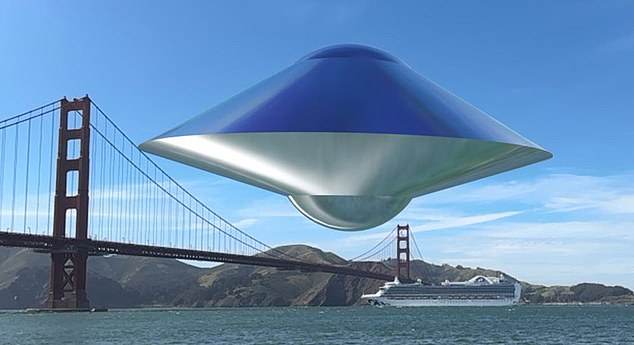
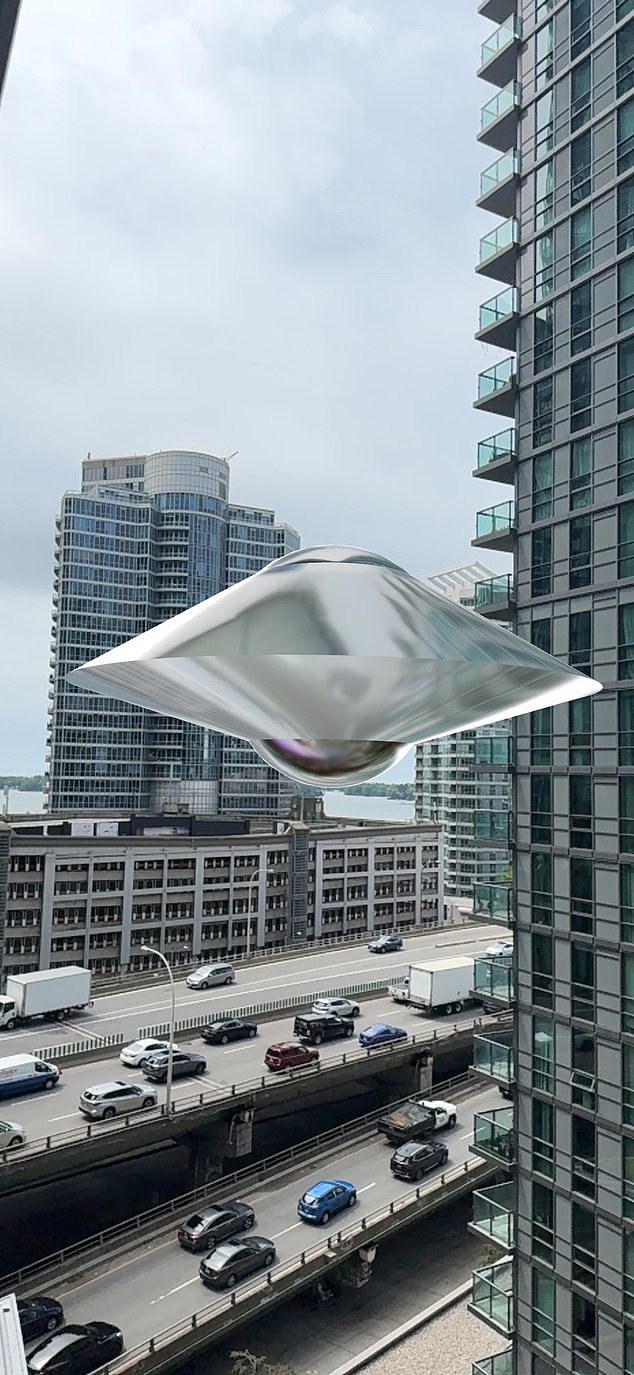
The government announced last year that it anticipates flying taxis to become commonplace in British airways by 2028, with the possibility of fully automated operations by 2030.
Government officials have outlined a comprehensive plan to revamp existing laws and infrastructure, with the goal of harnessing technology to deliver a £45 billion economic boost by the end of the decade.
The Invomoon, measuring 16ft in diameter and weighing 2,500lb, can be pre-ordered for approximately £2,000 and is expected to cost around £280,000 upon delivery.
However, Mr. Kayali believes the vehicles - which he said should be affordable to produce in large quantities - could be sold for under £50,000 in the future.
While most electric flying vehicles are equipped with propellers that are exposed from the outside, the Invo Moon keeps its propellors concealed within its aluminium frame.
The vehicle employs a sophisticated aerodynamic concept where a dozen motor components, each comprising spinning orbs, are strategically placed in a circular arrangement along the side of the vehicle.
The system uses sets of four engines simultaneously to enable rotation in any direction, achieving a complete 360-degree range of motion and making the device navigable without the distinction of a front or rear.
Mr. Kayali explained that this equates to extremely low vibrations, with the device producing no more than 45 decibels of noise, equivalent to the gentle patter of raindrops.

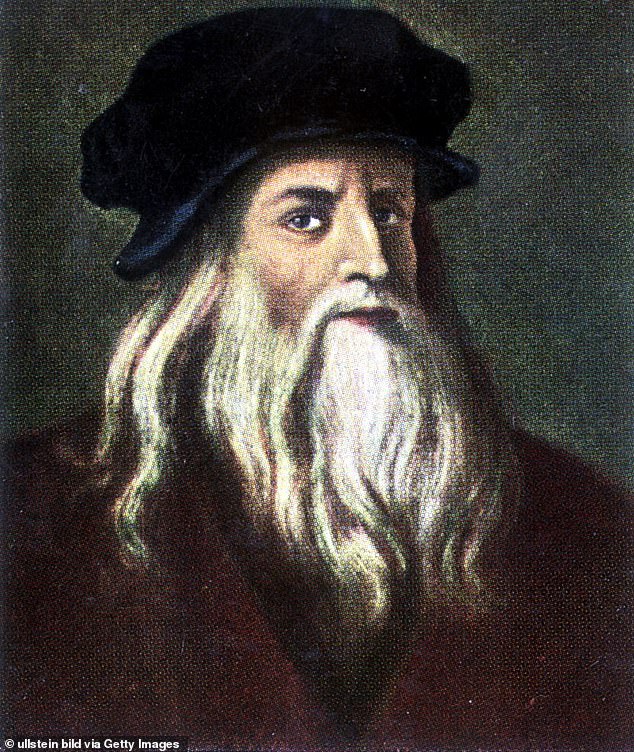
Most other eVTOLs produce about 85 decibels in sound level, comparable to that of a blender, and also generate a considerable amount of unnecessary air movement, he noted.
Inside the cabin, there are three rotating, fully reclining heated seats that provide views of the outside through the transparent plexiglass windows from both the top and the bottom.
The "luxury" vehicle will also include ambiance-enhancing lighting, an onboard refrigerator, and high-definition televisions.
It has a range of up to 300 miles and charges from 20 per cent to 80 per cent in no more than 30 minutes, according to Mr Kayali.
This design, although appearing modern, was inspired by ideas developed by Da Vinci in the late 15th century.
The exterior style of the machine draws inspiration from the Italian artist's 'Armoured Car' drawings, while its internal wing system is a distinctive reworking of his conceptual 'aerial screw' design, envisioned as an early antecedent of the helicopter's rotor technology.
The autonomous driving system operates on a three-lane configuration resembling a multilane highway system - but it's elevated vertically.
The speed limit rises as each level advances - from 100mph to 250mph - and it must first return to the slowest lane to land.
Read more


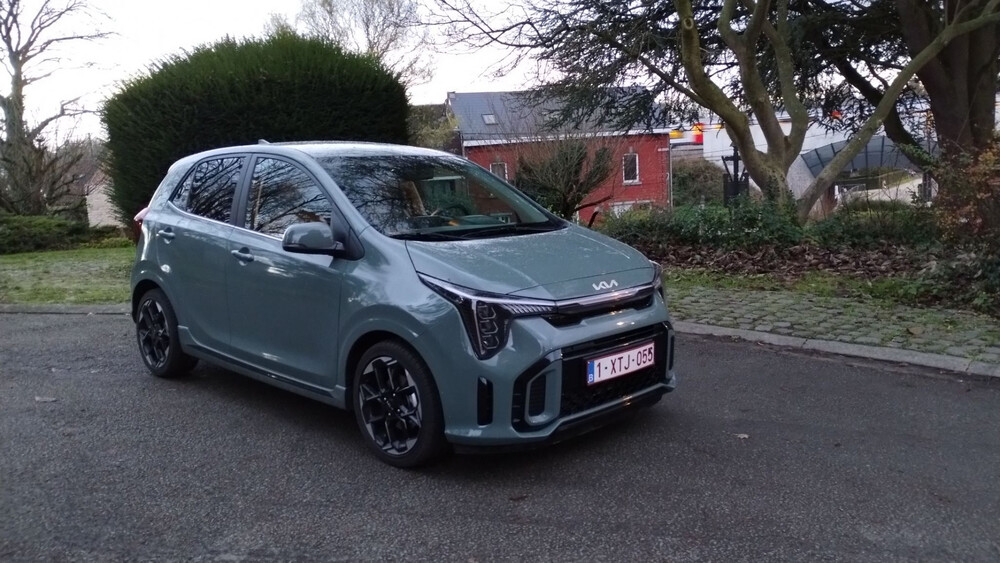
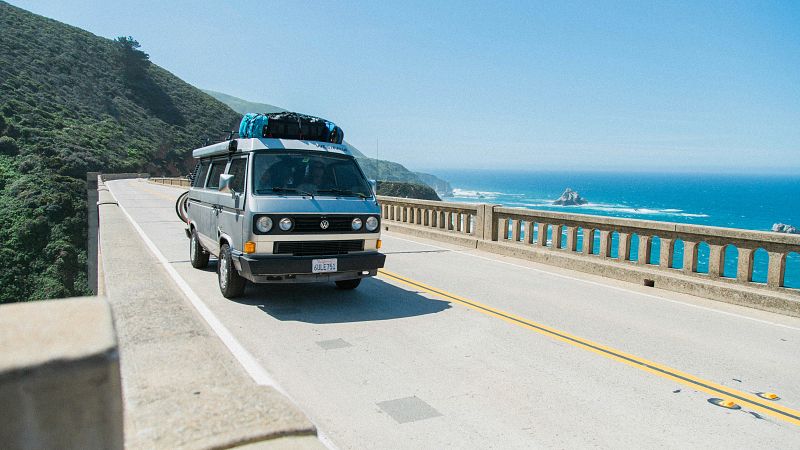

0 Komentar